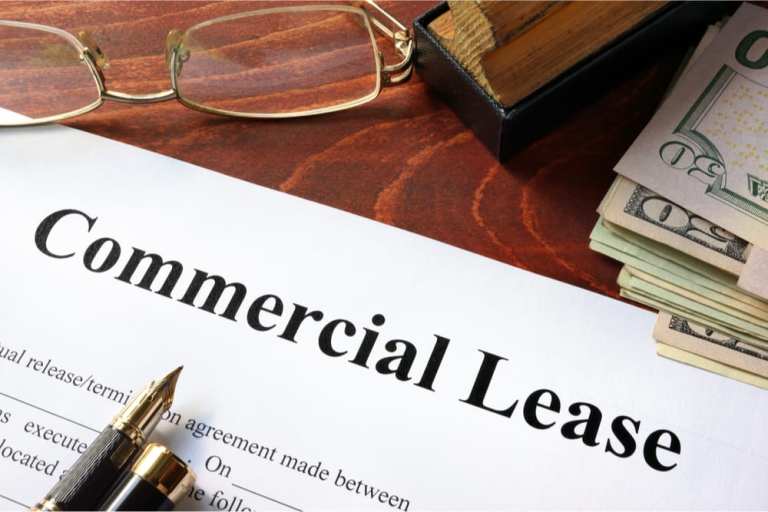
Real estate trends for retailers are back in the news this week, as the pandemic-driven brick-and-mortar market starts to produce new business models and a fair amount of stability.
The new business model involves leasing options for the retail sector. Example: One of the U.K.’s biggest retail landlords is moving away from a traditional lease structure to give tenants leasing options based on in-store revenue. Says New York real estate trade publication The Real Deal: “It’s one of the most significant reevaluations of the relationship between landlord and tenant and is likely to be watched closely by property owners across the pond.”
The company offering the new arrangement is Legal & General Investment Management Real Assets, which has a U.K. retail portfolio valued at $5.9 billion, according to The Times of London.
New retail brands will have the option of signing leases as short as three months with revenue-adjusted rents. Established retailers can opt for leases of between three and five years with revenue-adjusted rents. But this class of retail will also see performance-based stipulations that could result in evictions.
“Retail is not only changing through market forces but also culturally,” Legal & General Investment Management Real Assets Head of Retail Denz Ibrahim said. “Our role as owner is shifting from what was solely ‘the librarian’ — collecting rent, renting shops and cleaning spaces — to becoming an ‘editor’ of the space.” Ibrahim said the pandemic was the driver behind the retail leasing shift. “We think this is what the market needs to better serve investors, occupiers and consumers,” he added.
Other signs for the retail real estate sector show some cautious optimism. For example, real estate investment trust (REIT) National Retail Properties Inc. which owns 32.5 million square feet of retail space, said this week that 84 percent of July rent was paid, according to an Aug. 3 filing with the SEC. That’s a significant increase from May, when the company said roughly half of its tenants were not paying rent.
“We’re relatively pleased with the progress being made as we work with a number of our tenants to find a path forward to pay the rent they owe us,” CFO Kevin Habicht said in an earnings call. “However, uncertainty continues, and it’s our opinion it will be 2021 before we all get a better read on how the economy is going to perform.”
That read was reinforced by a report from Moody’s Analytics. It showed retail properties were stable in terms of occupancy through the second quarter. However, its report said vacancies are likely to increase and rents will fall. Barbara Byrne Denham, a senior economist in the research and economics department at Real Estate Information Services — a branch of Moody’s Analytics — wrote in a report that the sector will have to absorb nearly 46 million square feet in 2020, and another 11 million square feet in 2021 due to vacancies caused by the pandemic.